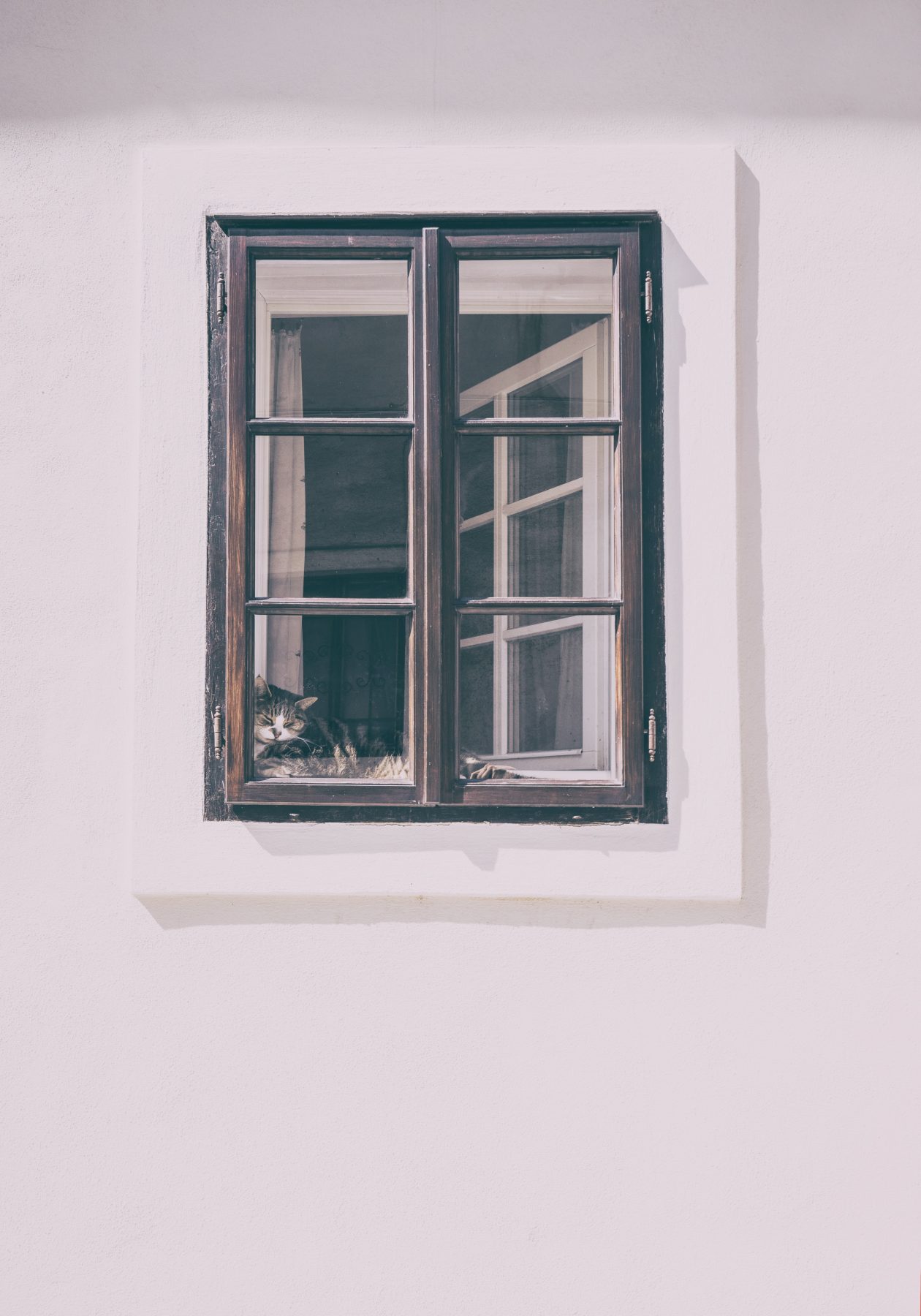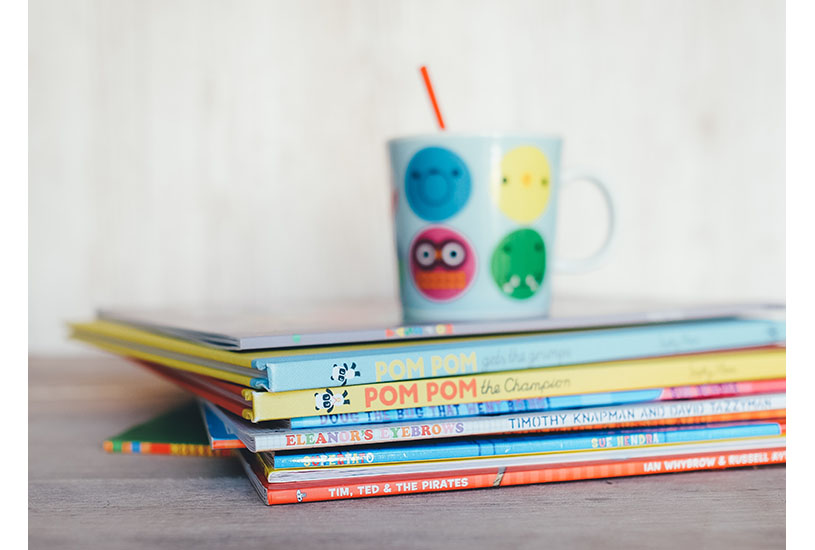For LGBTIQA+ families, adequate representation in children’s books is hard to come by.
Storytelling plays an important role in forging a sense of identity. When we see people who look like us in literature and cinema, it validates the way we see ourselves and our feelings of belonging.
But this is only possible when those texts are nuanced and easily accessible. And for many LGBTIQA+ folk and queer families, that representation is difficult to find.
The demand is there – but where are the texts?
It’s no surprise that queer parents and guardians are eager to read children’s books that depict their family structure.
But these texts are notoriously difficult to obtain.
According to preliminary results from a current Deakin University survey, almost a third of queer families struggle to find books that have any representation whatsoever, be that nuanced or not.
Researchers Dr Helen Young, Dr Paul Venzo, and Lara Hedberg – from Deakin’s School of Communication and Creative Arts – are unsurprised by this state of affairs.
“It’s tempting for some people to think they live in a progressive society, but for others this is simply not their lived experience,” says Dr Venzo.
“It’s important to note that there are still places and contexts in which being LGBTIQA+ is still very difficult, even dangerous – not to mention the kinds of challenges faced by people of colour or people with disabilities who also identify as queer.”
“Our research is a reminder that even a milestone like marriage equality doesn’t mean that LGBTIQA+ people are equally included in Australian culture,” says Dr Young.
It’s not that there’s a shortage of material to choose from – children’s books depicting queer parents have been in print since the late 1970s. The challenge lies in getting your hands on them.
These texts may not be available for purchase through a commercial bookstore, or part of a library’s catalogue.
“As a researcher, it was challenging enough to find and access many of our example texts,’ says Dr Venzo. “Imagine what it’s like for the average person looking for resources.”
“We don’t know whether it’s publishers not picking up stories, authors not pitching them, or something else,” says Dr Young.
“On top of that there are other, more generalised anxieties about publishing what some people might still see as ‘subversive’ or ‘radical’ books for kids,” says Dr Venzo. “Look at the reaction to And Tango Makes Three.”
Ms Hedberg believes that these challenges indicate a need for further conversations around the desire and market for queer picture books.
“And this demand isn’t just coming from queer families who have been seeking and advocating for representation for many years,’ she says, ‘but also from cisgender, heterosexual families looking for more diverse texts that reflect the families of their friends, relatives and others within the community.”
Mirrors and windows into family life
It’s important to understand that queer children’s books are not intended to be consumed only by members of the LGBTIQA+ community.
Ms Hedberg says that these texts should be included in general picture book collections, where readers from queer, heterosexual and cisgender families alike can stumble across them – whether they are actively seeking them out or not.
Dr Venzo explains that this would allow for all members of the general public to better understand the rich diversity of communities that come under the wider umbrella of queer families.
By reading these texts, those within queer families – and/or identify as queer themselves – experience a “mirror effect”, giving them a sense of belonging and solidarity, that they are visible and worthy members of society.
Readers coming from heterosexual or cisgender families experience a “window effect”, through which they can explore different aspects of identity and family, from a queer perspective.

“It’s so important to see beyond traditional representations of family members and relationships,” says Dr Venzo.
“After all, increasing numbers of us are growing up in families that would not fit the ‘nuclear’ model that was more prevalent in preceding generations.”
Building exciting stories around queer folk
It’s clear that adequate queer representation in children’s literature is hard to find.
So what do the experts recommend?
Dr Venzo says that many popular texts have a tendency to feel outdated, with some featuring stereotypical representations of queer folk.
“However, looking closer to home can reveal some useful resources: for example, the Australian book Wrestle!, written by folk involved in the marriage equality campaign.
“The fact that the parents are in a same-sex relationship is not the central focus of the narrative; while that provides some background context, the story itself is really more about challenging gender stereotypes.”
Many survey respondents have also made similar points. Dr Young says that participants are eager to read books that don’t focus on the family unit at the expense of an interesting story.
“We already know what our families are like. Seeing ourselves in a fun, exciting, imaginative story is better than our family’s existence being the point of the book.”
LGBTIQA+ parents, guardians and caretakers are invited to participate in the research survey until July 31st, 2020



